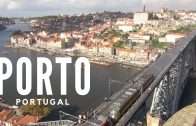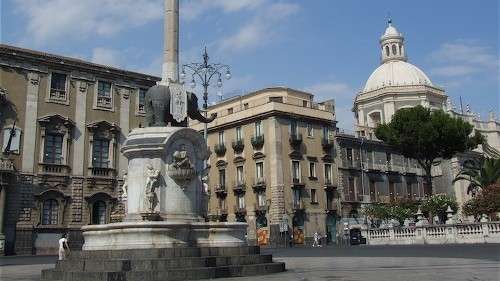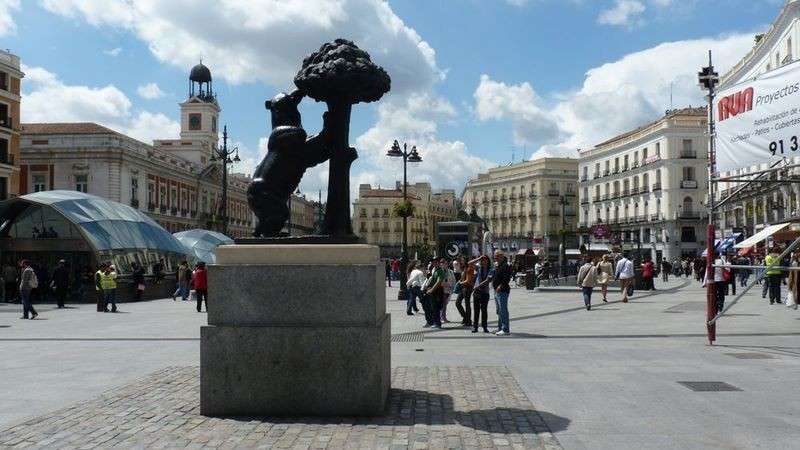PROJECT PARIS – 48 hours in Paris
Details are lost of first visits to Paris since there is so much to be overwhelmed by the old world elegance of history all around the streets of Paris.
A three-day visit hardly gives enough time to dig deep into the city of Paris, so my focus will remain on two or more subjects with a plan so I get the most out of my filming and shots for the day. The visit comes in May 2018, and like anywhere in the world today hope the weather gives me the best shooting days possible in my short Paris stay.
PROJECT PARIS – 48 hours in Paris
EUROSTAR London St Pancras Int’l to Paris Gare du Nord 2 hrs 23 mins
Arrive early morning or midday allowing time to get to the hotel giving you a late afternoon to explore around in the early evening, and a dinner out too.
Hello Paris – Get travel tickets or PARIS METRO TICKETS in advance. The Paris Visite Pass or the Paris Visite Travel Card is a great way to travel around Paris. It allows unlimited travel on the metro, buses and RER (fast train between main stations) for 1, 2, 3 or 5 consecutive days and for zones 1-3 (inner Paris) or zones 1-5 (Paris and suburbs). They are undated and only start on the date you use them for the first time. Paris Metro Map
Hotels.com – Citadines Les Halles Pari -2 nights in a central location 4-star hotel with easy access to all zones and plenty to see nearby. Though there are many other areas worth staying, my familiarity and short itinerary mean I have access to many sights nearby as well as excellent transport links.
PROJECT PARIS – see
Eiffel Tower sunset view
The Eiffel Tower is a wrought iron lattice tower on the Champ de Mars in Paris, France. It is named after the engineer Gustave Eiffel, whose company designed and built the tower.
Constructed from 1887–89 as the entrance to the 1889 World’s Fair, it was initially criticized by some of France’s leading artists and intellectuals for its design, but it has become a global cultural icon of France and one of the most recognisable structures in the world. The Eiffel Tower is the most-visited paid monument in the world.
The tower is 324 metres (1,063 ft) tall, about the same height as an 81-storey building, and the tallest structure in Paris. Its base is square, measuring 125 metres (410 ft) on each side. The tower has three levels for visitors, with restaurants on the first and second levels. The top level’s upper platform is the highest observation deck accessible to the public in the European Union.
Tickets can be purchased to ascend by stairs or lift (elevator) to the first and second levels. The climb from ground level to the first level is over 300 steps, as is the climb from the first level to the second. Although there is a staircase to the top level, it is usually accessible only by lift.
Notre-Dame de Paris
Also known as Notre-Dame Cathedral or simply Notre-Dame is a medieval Catholic cathedral on the Île de la Cité in the fourth arrondissement of Paris, France. The cathedral is widely considered to be one of the finest examples of French Gothic architecture, and it is among the largest and best-known church buildings in the Catholic Church in France, and in the world.
Père Lachaise Cemetery
The cemetery extends 44 hectares and contains over 70,000 burial plots. A mix between a park and a shrine. All funerary art style are represented: Gothic graves, burial chambers, ancient mausoleums, etc.
Visitors cross the burial places of famous men and women; Honoré de Balzac, Guillaume Apollinaire, Frédéric Chopin, Colette, Jean-François Champollion, Jean de La Fontaine, Molière, Yves Montand, Simone Signoret, Jim Morrison, Alfred de Musset, Edith Piaf, Camille Pissarro and Oscar Wilde are among some of them.
I intend to spend at least half a day exploring and film around the cemetery, as was one of my motivations to return and learn more about it, as had learned from a visit to the Buenos Aires La Recoleta had delivered so many tales.
Louvre Museum
The Louvre or the Louvre Museum is the world’s largest art museum and a historic monument in Paris, France. A central landmark of the city, it is located on the Right Bank of the Seine. Approximately 38,000 objects from prehistory to the 21st century are exhibited. The Louvre is a former royal palace in Paris, and possibly the greatest museum on earth.
Arc de Triomphe
A unique viewpoint. From the top of the panoramic terrace, your eyes sweep over the whole of Paris. Standing at the western end of the Champs-Élysées at the centre of Place Charles de Gaulle, formerly named Place de l’Étoile — the étoile or “star” of the juncture formed by its twelve radiating avenues.
A unique view of the Champs-Élysées, by day and night, the world’s most beautiful avenue. The Arc de Triomphe was begun in 1806, on the orders of Napoleon I to honour the victories of his Grande Armée. Inspired by the great arches of antiquity, the monument combines the commemorative with the symbolic and it has always played a major role in the national republican consciousness. Every evening, the flame is lit on the tomb of the Unknown Soldier from the Great War.
Centre Pompidou
AN ICON OF 20TH-CENTURY ARCHITECTURE opened 2 February 1977, becoming one of the most popular cultural venues in the world. It was a truly pioneering building for its time, an heir to the great iron buildings of the Industrial Age. In many ways futuristic, the Centre Pompidou is heir to the architectural utopias of the 1960s. It is innovative, even revolutionary character has made the Centre Pompidou one of the most emblematic buildings of the 20th century.
Designed as an “evolving spatial diagram” by architects Renzo Piano and Richard Rogers, the architecture of the Centre Pompidou boasts a series of technical characteristics that make it unique in the world – the inspiration, even the prototype, of a new generation of museums and cultural centres. It is distinctive firstly in the way it frees up space inside, with each floor extending through the building entirely uninterrupted by load-bearing structures.
Catacombs of Paris
Discover a world beneath the streets of Paris and see tunnels and rooms decorated with the human bones and skulls of around 6 million Parisians. The Catacombs of Paris are underground ossuaries in Paris, France, which hold the remains of more than six million people in a small part of a tunnel network built to consolidate Paris‘ ancient stone mines 130 steps to go down and 83 steps back up to street level. Visitor numbers are restricted to 200 at any time. Distance covered: 1.5 km. Duration of the tour: 45 minutes. Temperature: 14°C. Museum brochure in PDF format
If planned correctly there is no reason not to see as much as possible, however in 48 hours there is only one full day to take advantage of and the other two half days, so planning is an important part of getting the most out of the time in Paris.
















